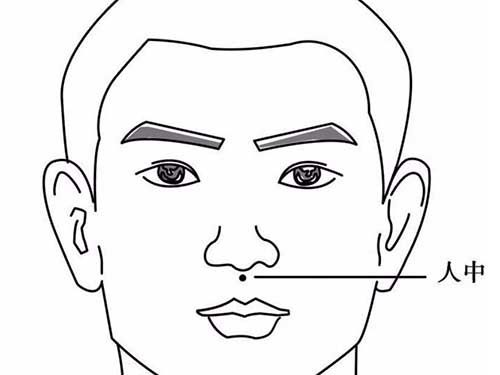The Inescapable Philtrum
2023-11-09 ☼ translation ☼ blog

When critics concentrate on highlighting atomistic flaws, translators are more likely to adopt a defensive approach, prioritising a a cold, narrow form of accuracy at the expense of stylistic heat. This is what I dubbed the entropy of translation, and the epitome of this kind of criticism is Tim Parks’ review of The Vegetarian by Han Kang, translated into English by Deborah Smith.
I read the review with my class, and it launched a discussion about the function of criticism, the value of literary awards, and the ways in which a translation demands a distinctive kind of reading. One student from South Korea, Karen, decided she wanted to read both Han Kang’s original text and Deborah Smith’s English translation. When she had finished both, she said there was one particular detail in the review that stood out to her:
At the end of this section of the novel, after the husband has dreamed he is killing someone, he reaches out to his wife—the two are in the hospital—and touches her “philtrum.” Is it just me, or is that word as rare as I suspect? In any event I had to look it up; it means the groove between upper lip and nose. Again it would be interesting to know if the Korean word used here was equally unusual.
Behind Parks’ disingenuous tone lies the insinuation that choosing the word “philtrum” was most likely a poor choice on the part of the translator, employing the kind of rarified technical register that results in a tonal incongruity. But how else, Karen asked, were you supposed to translate it? English doesn’t have any other word to describe the groove between your nose and lip. Translating it as “under her nose” is vague where the original is precise, and it makes the action feel less intentional. Philtrum: here it is again in this extract from Greek Lessons, another Han Kang novel, co-translated by Smith and Emily Yae Won.
Years later, I am now the father of a four-year-old son whose face is the subject of continuous family debate. Which relative does he most resemble? My mother, according to my wife. I tell her I don’t see it, and ask where she perceives the resemblance. They have exactly the same renzhong, she tells me. Renzhong? One of those words I ought to know but don’t know. I look it up, and the dictionary tells me that renzhong (literally “human centre”) refers to the philtrum.
You share a philtrum with your grandson. There’s no way to convey this comparison in English without it sounding sarcastic. Your grandson looks just like you, but not in the eyes, no, not the nose, but you know that strip of face that joins his nose to his top lip? That bit, right there? Indistinguishable, the two of you. But the original tone of the comparison was not sarcastic.1 In Chinese culture, as in Korean culture, the philtrum is not just an absence, a gap that spaces out the other facial features. It represents a presence; the name reflects its significance (as an acupuncture point, among other things).
Sometimes patching a gap in the target language isn’t just a case of finding words that are sufficient to describe something; sometimes it means subtly reordering your reader’s perception of the world, nudging them to notice something that they never noticed before. Which might be worth trading for a fleeting incongruity in register.
I’m 99% sure the tone of the original comparison was not sarcastic.↩︎